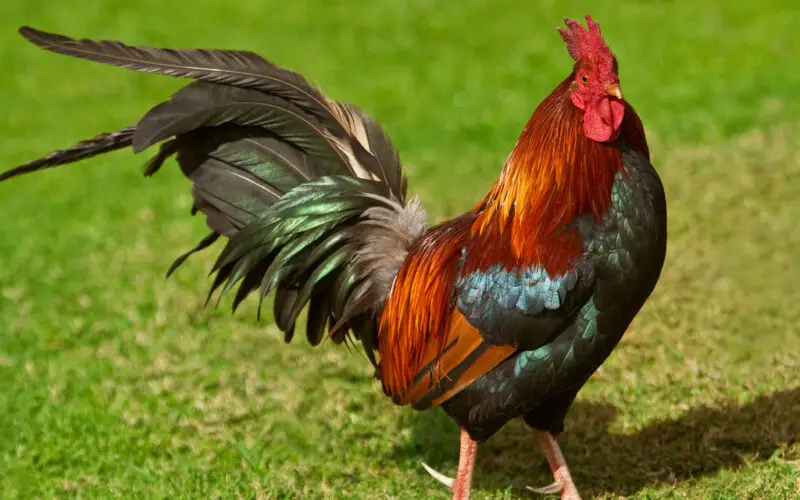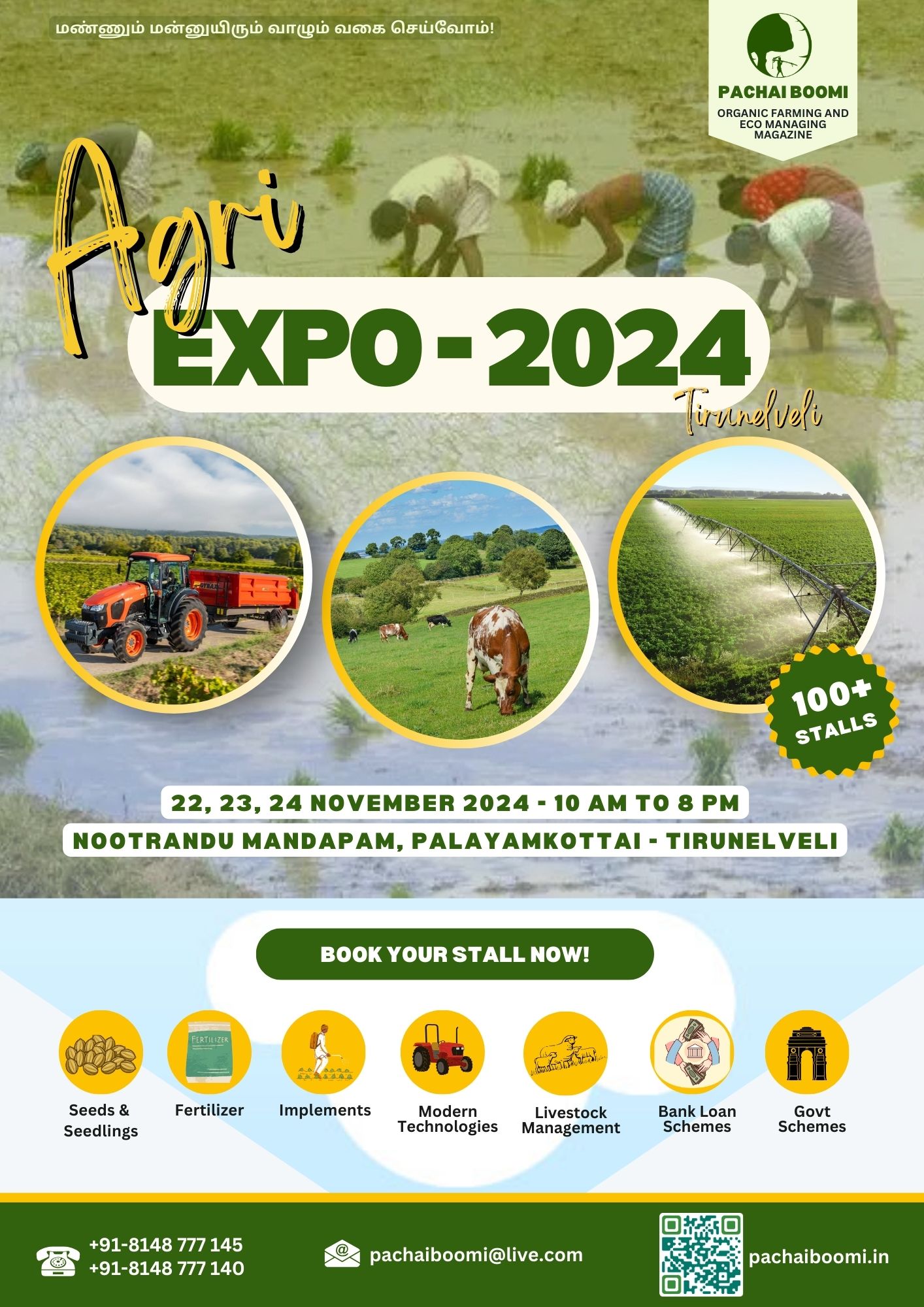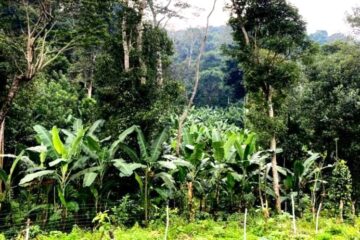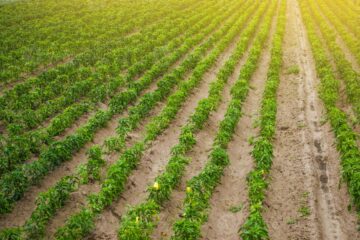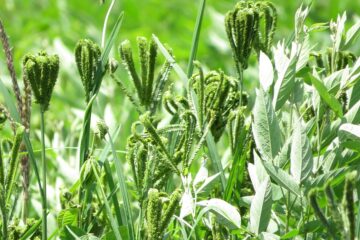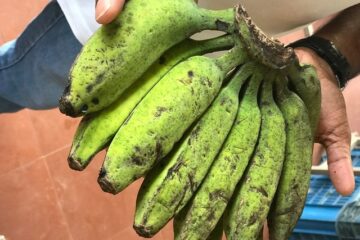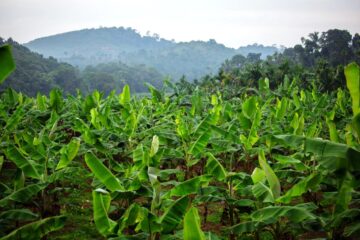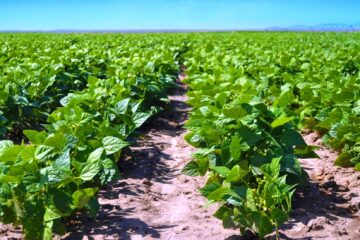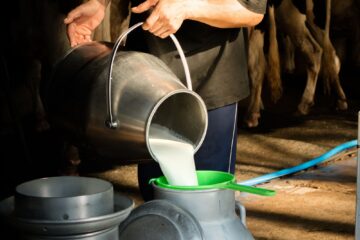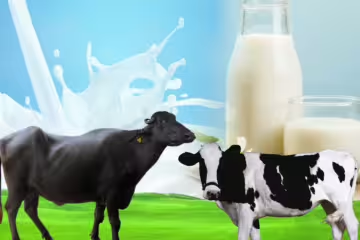Article Published in May 2017
Indigenous chicken farming is emerging as a lucrative self-employment opportunity. With increasing demand for indigenous chicken eggs and meat, the market potential for this business is growing significantly. Efficient feed management is crucial, as 60-70% of poultry farming expenses are related to feed. Providing the right nutrients at various stages of growth can enhance production and profitability.
Essential Nutrients in Feed
The feed for indigenous chickens should contain carbohydrates, proteins, fibers, fats, minerals, and vitamins in appropriate proportions.
Nutritional Components in Feed Ingredients
- Carbohydrates: Found in maize, millet, sorghum, and rice.
- Proteins: Found in soybean meal, groundnut meal, and sunflower meal.
- Fibers: Found in rice bran and wheat bran.
- Calcium and Protein: Found in fish meal.
- Calcium and Phosphorus: Found in dicalcium phosphate.
- Calcium: Found in calcite and shell grit.
Feed Management Based on Farming Method
Indigenous chickens are raised in free-range systems or intensive farming systems.
Free-Range Feed Management: In free-range farming, feed management is less emphasized. Chickens consume grains such as rice, sorghum, millet, along with grass, insects, and leftover kitchen vegetables and greens. This method does not provide all essential nutrients, leading to reduced productivity. Supplementing with a balanced diet that includes all necessary nutrients can enhance egg production and weight gain in meat birds.
- Balanced Diet: Provide 50-60 grams of balanced feed per bird per day.
- High Protein Feed: Incorporate high-protein feeds like Azolla, which is rich in calcium and beneficial for laying hens.
- Tuber Supplementation: Mix 10% dried tuber chips into the feed.
- Homemade Bran: Produce and add homemade bran to reduce costs.
Intensive Farming Feed Management: In commercial intensive farming, feed management is critical to ensure profitability. Adjust feed composition according to the chickens’ growth stages – chicks, growing chickens, and laying hens.
Feed for Chicks:
- High in protein and low in fiber.
- Start feeding chicks immediately after hatching to ensure optimal growth and disease resistance.
Feed for Growing Chickens:
- Lower protein content and higher fiber content compared to chick feed.
Feed for Laying Hens:
- High fiber content with a calcium to phosphorus ratio of 2:1.
Sample Feed Composition
Growing Chickens (up to 8 weeks):
- Grains (maize, millet, sorghum, wheat): 53%
- Soybean meal or groundnut meal: 28%
- Rice or wheat bran: 10%
- Fish meal: 5%
- Dicalcium phosphate (DCP): 1%
- Calcite: 1%
- Mineral mix: 2%
Laying Hens (9-22 weeks):
- Grains (maize, millet, sorghum, wheat): 53%
- Soybean meal or groundnut meal: 23%
- Rice or wheat bran: 15%
- Fish meal: 6%
- DCP: 1%
- Calcite: 1%
- Shell grit: 1%
- Mineral mix: 2%
Laying Hens (23 weeks and older):
- Grains (maize, millet, sorghum, wheat): 54%
- Soybean meal or groundnut meal: 20%
- Rice or wheat bran: 13%
- Fish meal: 5%
- DCP: 1%
- Calcite: 1%
- Mineral mix: 2%
Tips for Effective Feed Management
- Ensure feed ingredients are free from contaminants and well-dried (moisture content < 10%).
- Prepare feed in small batches to maintain freshness.
- Adjust feed amounts based on the number of chickens (1 feeder for every 50 chickens).
- Split daily feed into 2-3 portions.
- Feed chicks 10-30 grams, growing chickens 40-60 grams, and laying hens 90-110 grams per day.
- Periodically analyze feed ingredients and feed for nutritional content and contaminants to prevent losses.
By following these feed management practices, poultry farmers can significantly enhance the productivity and profitability of their indigenous chicken farming operations.
Dr. V. Kumaravel, Dr. S. Senthoorkumaran, Agricultural Science Center, Kunrakudi – 630 206.

